Description
Rammed earth is a clay mixture used to construct massive walls and for significant repairs to clay buildings. The ramming process leaves characteristic horizontal stripes on the wall surface, which are unique and eye-catching in the interior design.
Color: dark red
Grain size: 0–32 mm
Packages: 25 kg bag, (500 kg / 1000 kg Big-Bag on request)
Substrate
The base layer must be stable and strong enough to support the weight of the rammed earth walls or floor.
Conditions
The temperature of the substrate and the ambient air must be higher than 5 ° C. Rammed earth dries out by evaporating the water. The room must be properly ventilated to dry the plastered surfaces during the warm weather period. During the drying time, it is recommended to use fans, blowers, and dehumidifiers for
ideal drying. Excessive prolongation and excessive humidity can lead to the formation of molds on the surface of the plaster, which is not dangerous to health. Once the surface is dry, the mold should be wiped off the surface. A drying period of at least three months must be taken into account.
Preparation
Add 1,5-3 liters of clean water to one 25kg bag and mix well for 5-10 minutes to make the mixture a porous, uniform mass that is good to install. Preparing the mixture the day before plastering is best, with a minimum of 30 minutes before use.
A big horizontal mixer with metal blades can be used to prepare a larger amount of mixture. It is also possible to prepare the mixture on the ground, using a load cover and kneading the mixture with your feet.
Application
To renovate earthen walls, formworks are installed, and tamping is done between them. Before renovating the walls, it is
necessary to prepare the substrate and, if necessary, use a clay adhesive mixture. When ramming new walls, the quality
of the formwork is important, so that they do not collapse under great stress. Formwork can be made of wood or metal.
The mixture is tamped with metal or wooden tampers. Pneumatic tampers can also be used. It is tamped layer by layer.
Tamp 10-15 cm of the mixture at a time. During compaction, the volume of the mixture decreases by about 50%.
Finishing
Pigments can be added to the material if you want the layers to be different shades. UKU clay plasters can be used to finish the walls. Before finishing, brush loose grains of sand from the surface with a strong brush. In general, it is desired to expose rammed earth walls, for this, we recommend priming the surface with UKU cellulose finishing primer.
Maintenance
Spot repairs can be made to possible surface damage, for this it is recommended to keep finishing material from the same batch. The soiled wall can be dry cleaned or covered again with the same material. The rammed earth surface can be made more washable by oiling it. Linseed oil varnish can be used for this purpose.
Consumption
1500-2000 kg/m³
Safety
Avoid inhalation of dust and contact with eyes. In case of contact with eyes, rinse immediately with saline.
Preservation
In dry conditions, the clay plaster is preserved forever. A bag that has got moisture or water and has solidified can be reused by mixing it properly. The date of manufacture to identify the batch is based on the packaging. There may be slight differences in color between batches.

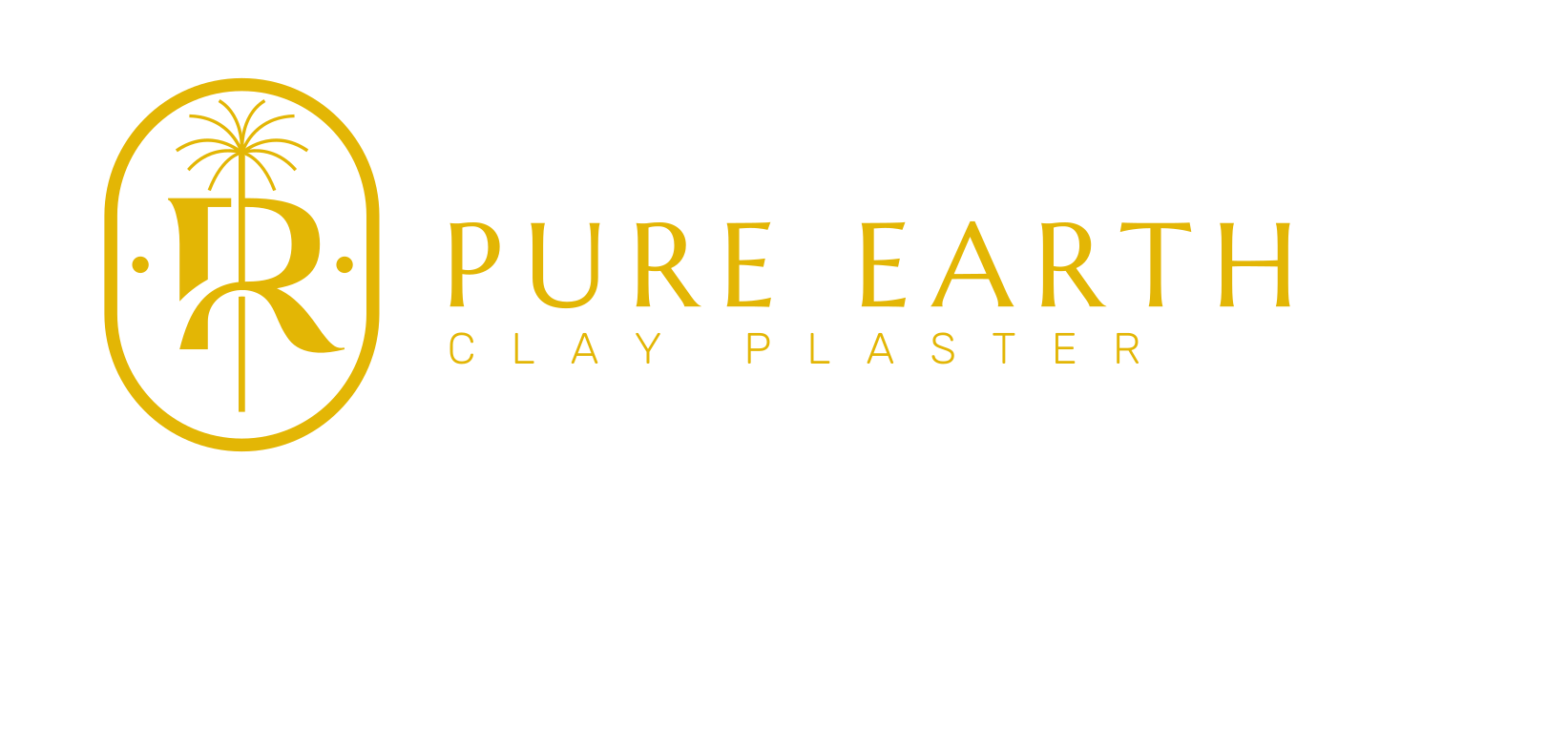
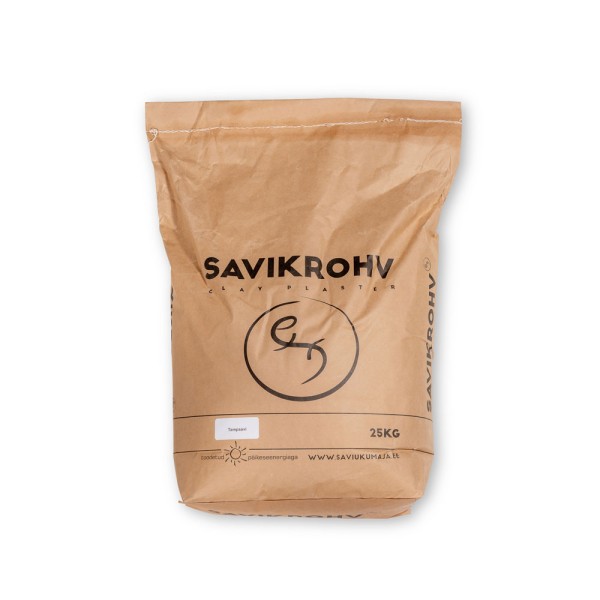


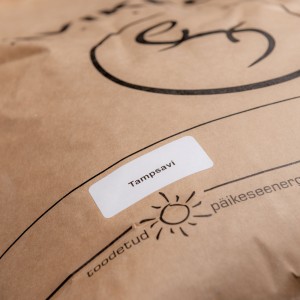
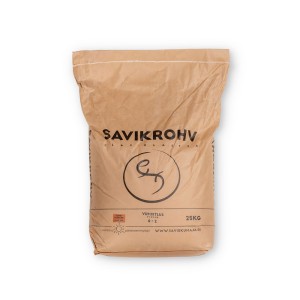
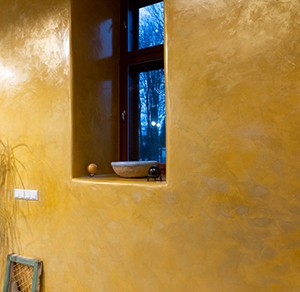
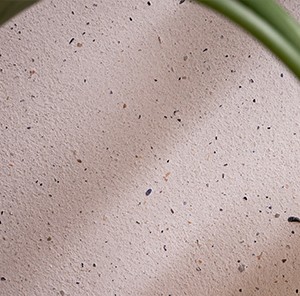
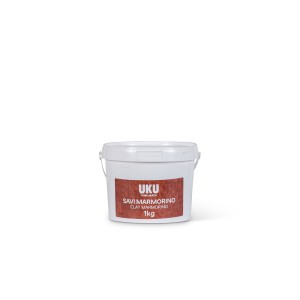




Reviews
There are no reviews yet.